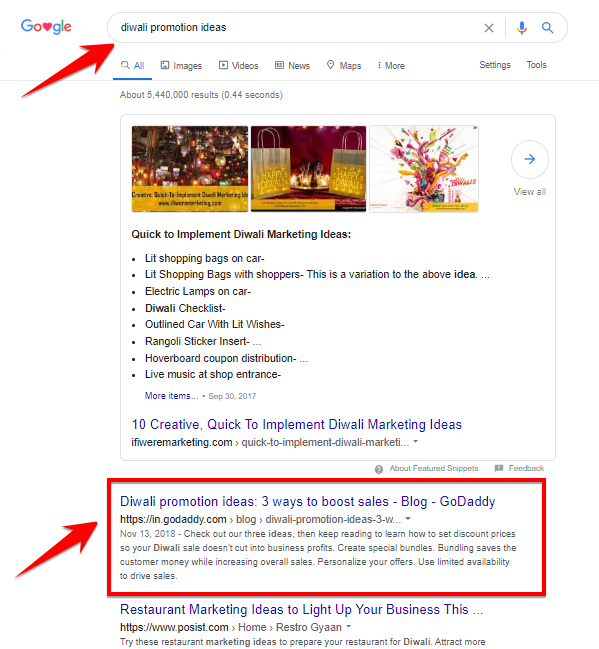

What keywords will people be using to find your website? Here’s an introductory guide to choosing your keywords I wrote as a guest blog post for web development agency Rigorous. Now you’ve thought about the bigger picture, it’s time to start drilling down to the details. Whatever the case, it’s useful to share your sitemap with the design team so they know what to expect. A wodge of undifferentiated text on each page, however well written, may not look as appealing as you’d like. However, it’s worth thinking about the design and having a conversation with the designers to get their input. If the content is going to come first and the design created around it, you have more flexibility in terms of what you write. For example, the content may be broken up into chunks and you may need to think about how many words you include in each element of the page. Is the website going to be designed first and the content written to fit it? If so, you’ll need to think about how the content on the page will come together. A bit of collaboration here saves a lot of heartache later because you can ensure design and content are in harmony and the left hand knows what the right is doing. Now is the time to start to think about how the content you write and the design of the website will fit together. How are the website design and the content going to fit together? I wrote a blog a little while ago that talked you through this process and the process of putting together a sitemap. Once you’re clear on where your website sits in terms of the bigger picture, you’ll have more of an idea of the pages you’re going to need. If needs be, get the brief signed off by the relevant people at this stage so you know you’re setting off on the right track. This blog has more on this.Ĭapture this information as the start of a briefing document you can use to make sure everyone is ‘singing from the same songsheet’ throughout the process. Think too about who will be reading your website and ask yourself what tone of voice will be most appropriate. It’s likely that the more central the website is to all your other activity, the more information and pages you’ll need to include. Where does it fit into your overall marketing and business strategy? For example, is it going to be the core of your marketing and communications activity? Or is it simply an online business card so you can say you’ve got an online presence? This will help you get an idea of the size of website you need to be thinking about.

Start by thinking about the bigger picture of your website. Writing content for your website is a sizeable job, but a bit of planning at the start will make the process feel more manageable. When I was having my own website developed, I got more and more excited about seeing the design come together and realised really rather late in the process that I was going to need to write content for it at some point.

However, I know from experience how hard it is to write content for your own business. Writing web content for other people’s businesses is second nature for me.


 0 kommentar(er)
0 kommentar(er)
